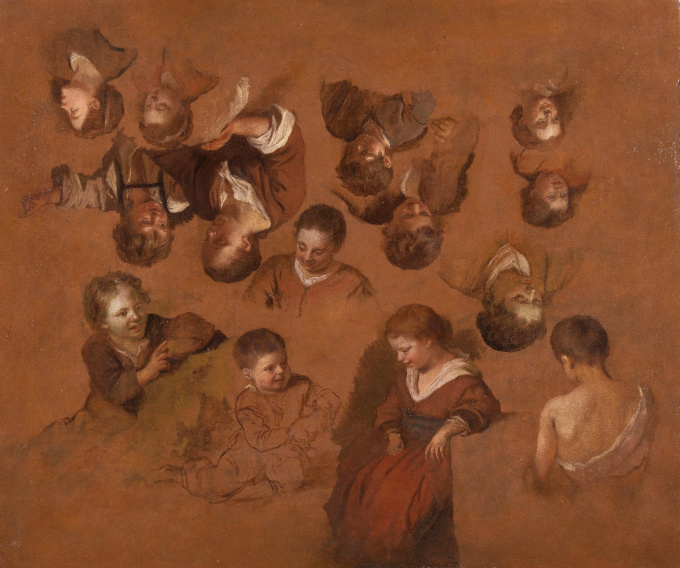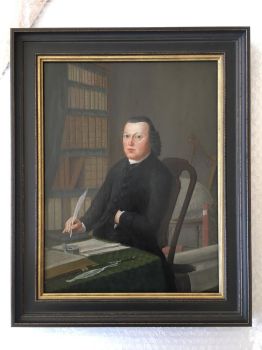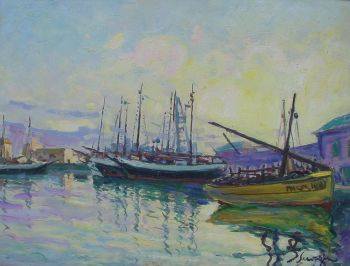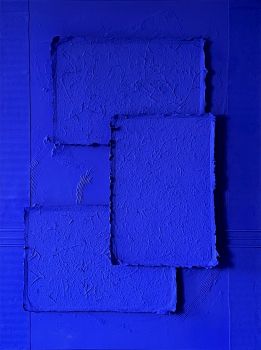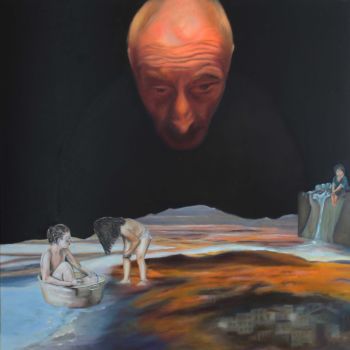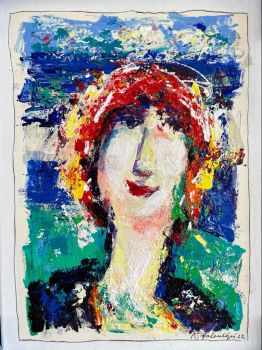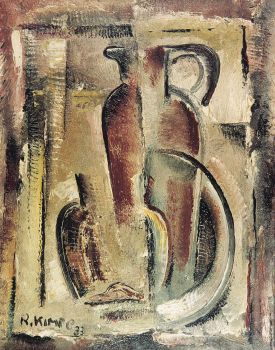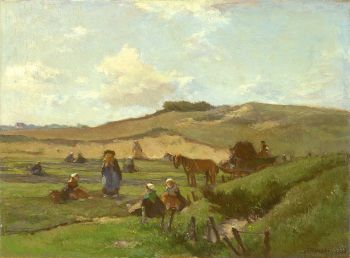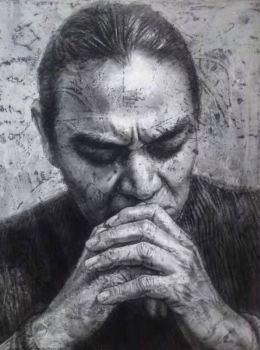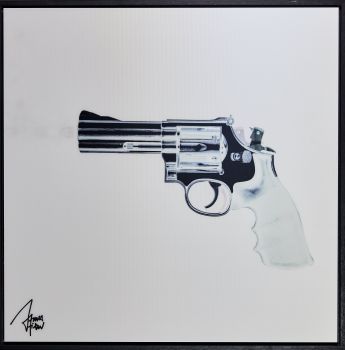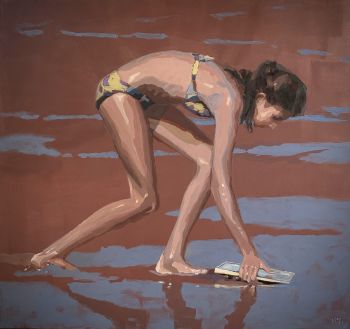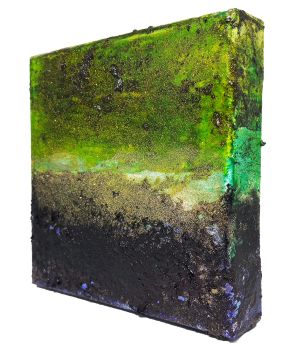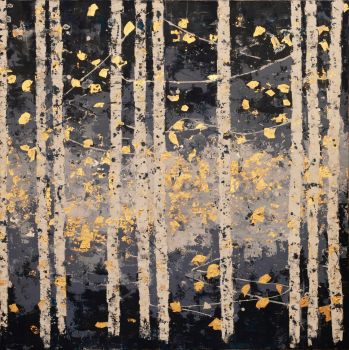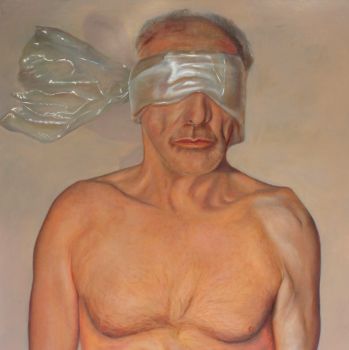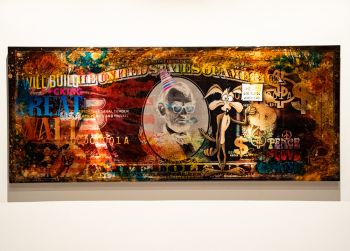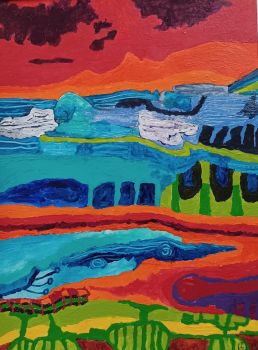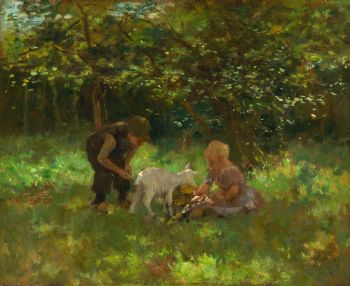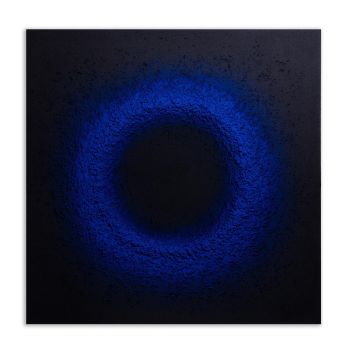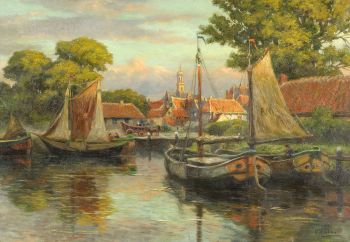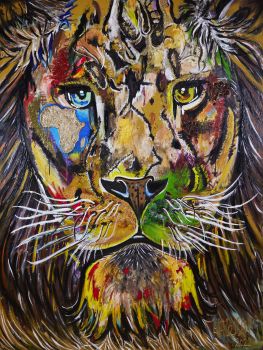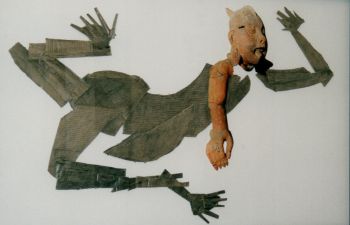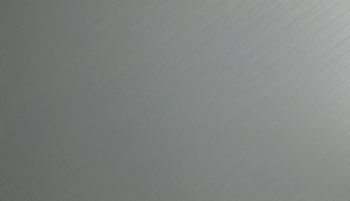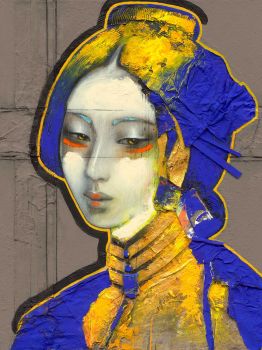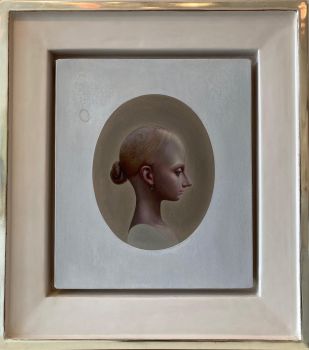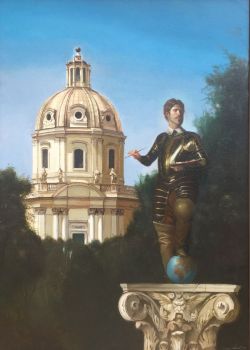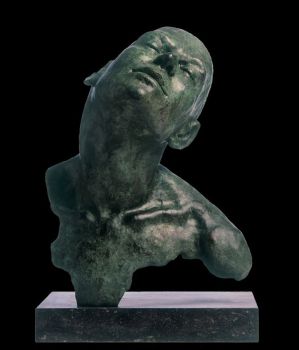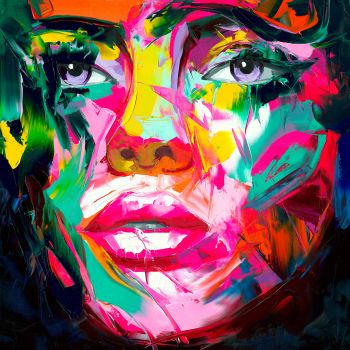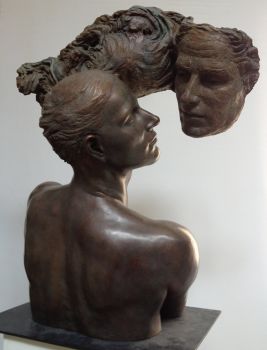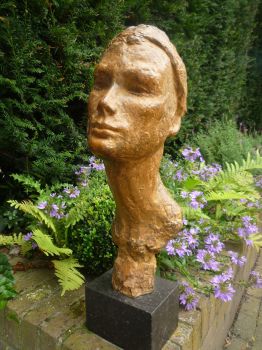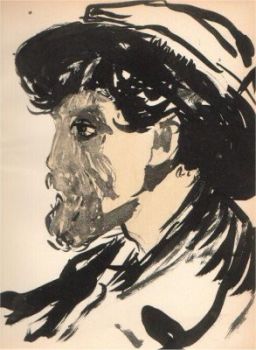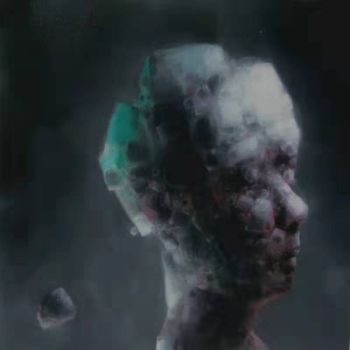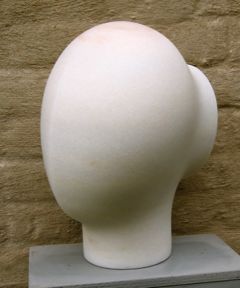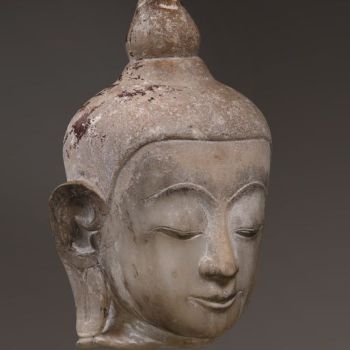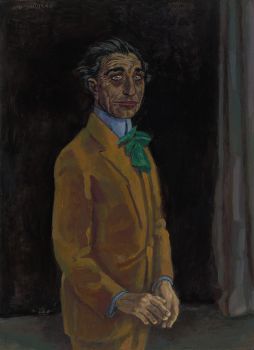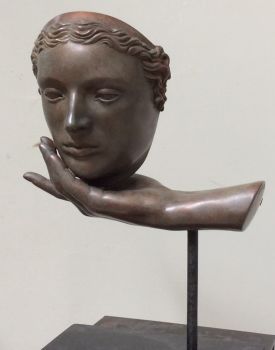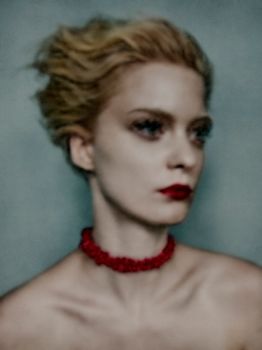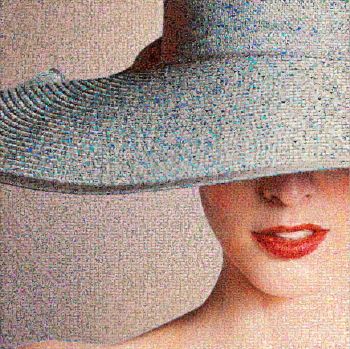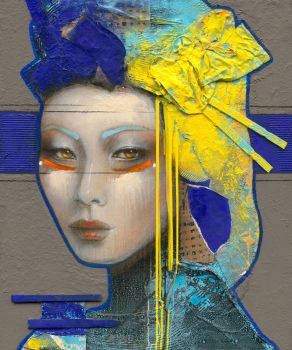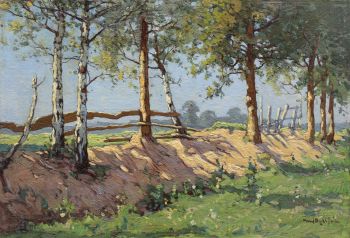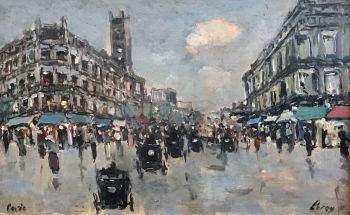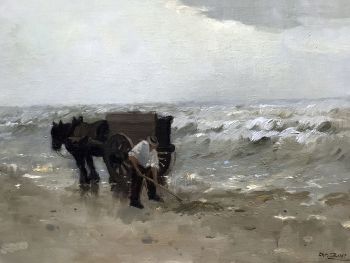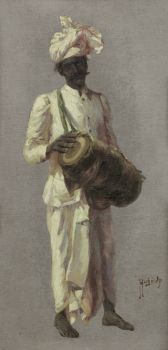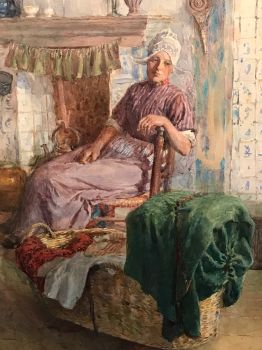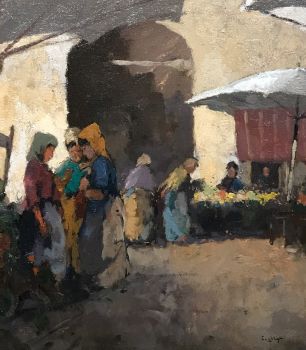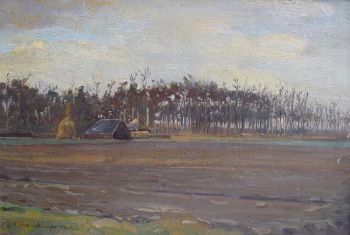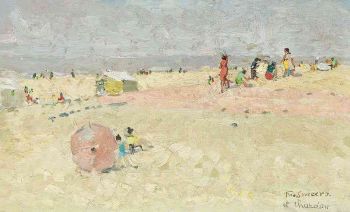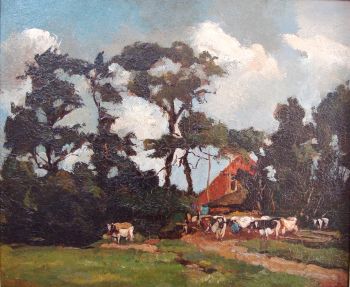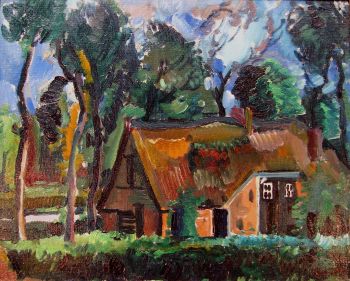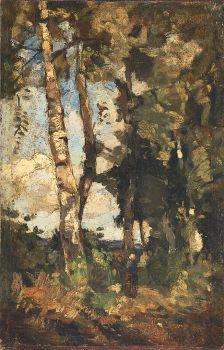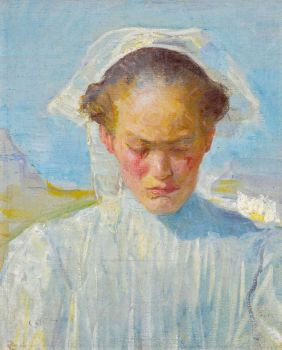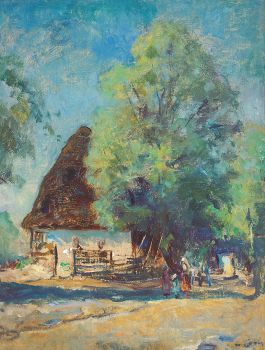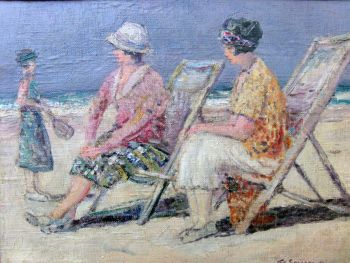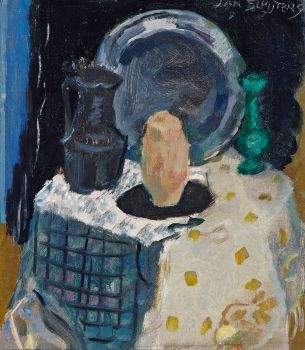A Modello of Fourteen Studies of Children’s Busts and Heads 1709
Simon van der Does
Óleo sobre tela colocado no painelMaruflagem
45.60 ⨯ 54.40 cm
ConditionExcellent
Atualmente indisponível via Gallerease
- Sobre arteThis rare modello of heads and busts of children offers a fascinating peek into the studio
practice of Simon van der Does, a painter of pastoral scenes set in Italianate landscapes.
Models such as the present constituted precious studio assets and artists used them in
preparation of finished works for the market or for particular clients. Although evidence
suggests they were valued from early on for their intrinsic artistic merits as well, few
have survived. Similar attractive oil studies of isolated, worked-out motifs are known by
Peter Paul Rubens, Anthony van Dyck, Jacob Jordaens, Jan Brueghel the Elder and
Peter Boel and by artists working in the Northern Netherlands, notably Nicolaes
Berchem. The Amsterdam Rijksmuseum’s recent acquisition of an oil study with
chickens by Melchior de Hondecoeter shows a renewed interest and appreciation for
this type of art.1 Several children’s heads on our canvas appear in several independent
paintings by Simon van der Does (figs. 1-4). Van der Does’ oil study stands out for its
crisp handling and captivating charm.
Simon van der Does was a son of the artist Jacob van der Does the Elder (1623-1673)
and the brother of Jacob van der Does the Younger (1654-1699), also an artist. Simon
no doubt trained with his father and like him specialized in Italianate landscapes
enlivened with figures but he also painted portraits. He spent some time in Friesland and
tried his luck in London before returning to his native The Hague. Here, in 1683, he
became a member of the painters’ confraternity Pictura and in 1689 married Clara
Bellechière who, according to his biographer Arnold Houbraken, was ‘extremely
wasteful’. As a result Simon’s financial situation deteriorated and he ended up living in
the infirmary. After several years he left for Antwerp where he died sometime after
1718.
Inscribed on the stretcher with pencil: “Jacob van der Does” - Sobre artistaVan der Does nasceu em Haia, filho de Jacob van der Does com sua segunda esposa. Ele foi ensinado a pintar por seu pai e se tornou o professor do historiador da arte Johan van Gool. Ele pintou paisagens italianas à maneira de seu pai. De acordo com Houbraken, que obteve suas informações de Johan van Gool em primeira mão, Simon van der Does passou um tempo na Frísia e um ano na Inglaterra em sua juventude, e poderia pintar retratos no estilo de Caspar Netscher. Ele se casou, mas mal conseguiu sobreviver, e depois que sua esposa e seu pai morreram, ele ficou tão deprimido que não podia pintar e ficou nos Gasthuis de Haia por três anos, e depois se mudou para Bruxelas por um ano e depois mudou-se para Antuérpia, trabalhando para os assassinos (keelbeulen, ou o nome de Houbraken para negociantes de arte). Um amigo de seu pai, Karel Dujardin, tornou-se seu tutor e, após seu retorno da Itália, abriu uma oficina em Amsterdã, onde assumiu os filhos de Jacob van der Does (Houbraken menciona apenas Simon e seu meio-irmão Jacob II van der Faz). Após a morte de Dujardin, ele trabalhou para Gerard de Lairesse em Amsterdã até que pudesse se sustentar. Ele estava indo visitar Paris quando morreu em Antuérpia.
Artwork details
Categoria
Assuntos]
Estilo
Material e Técnica
Related artworks
Artista Desconhecido
Een Gotische zuidelijke Nederlanden wandklok1580 - 1590
Preço em pedidoNico van den Assem restauratie
Artista Desconhecido
A Surinam-themed Amsterdam long-case clock1746 - 1756
Preço em pedidoZebregs & Röell - Fine Art - Antiques
 Com curadoria de
Com curadoria deGallerease Magazine
 Com curadoria de
Com curadoria deDanny Bree
 Com curadoria de
Com curadoria deDanny Bree
 Com curadoria de
Com curadoria deDanny Bree
1 - 4 / 24Dutch School
Chegada de um índio oriental holandês na Baía da Mesa18th century
Preço em pedidoZebregs & Röell - Fine Art - Antiques
Johannes Evert Akkeringa
'Nettenboetsters' in the Dunes1861 - 1942
Preço em pedidoStudio 2000 Art Gallery
1 - 4 / 24- 1 - 4 / 24
- 1 - 4 / 19

